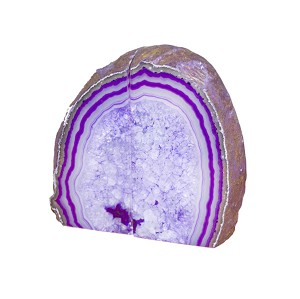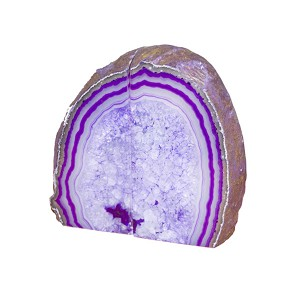The Divine Mine
Sacred geometry stone set quartz crystal
$40.00
The Divine Mine
Sacred geometry stone set quartz crystal
$40.00
In Euclidean geometry, a Platonic solid is a regular, convex polyhedron. The faces are congruent, regular polygons, with the same number of faces meeting at each vertex. There are five Platonic solids; their names are derived from their numbers of faces.
The aesthetic beauty and symmetry of the Platonic solids have made them a favorite subject of geometers for thousands of years. They are named for the ancient Greek philosopher Plato, who theorized that the classical elements were constructed from the regular solids.
According to Stephen Skinner, the study of sacred geometry has its roots in the study of nature, and the mathematical principles at work therein. Many forms observed in nature can be related to geometry, for example, the chambered nautilus grows at a constant rate and so its shell forms a logarithmic spiral to accommodate that growth without changing shape. Also, honeybees construct hexagonal cells to hold their honey. These and other correspondences are seen by believers in sacred geometry to be further proof of the cosmic significance of geometric forms. These phenomena can be explained through natural principles.
Pure quartz is composed of silicon dioxide and forms six sided crystals. The master stone, once thought to be solidified light, is used by many to remove negativity and promote harmony and co-operation within an environment. It is also used in cleansing and energizing other crystals and minerals. Excellent for meditation and accessing higher self and guides.
Quartz shapes in a wood box.















